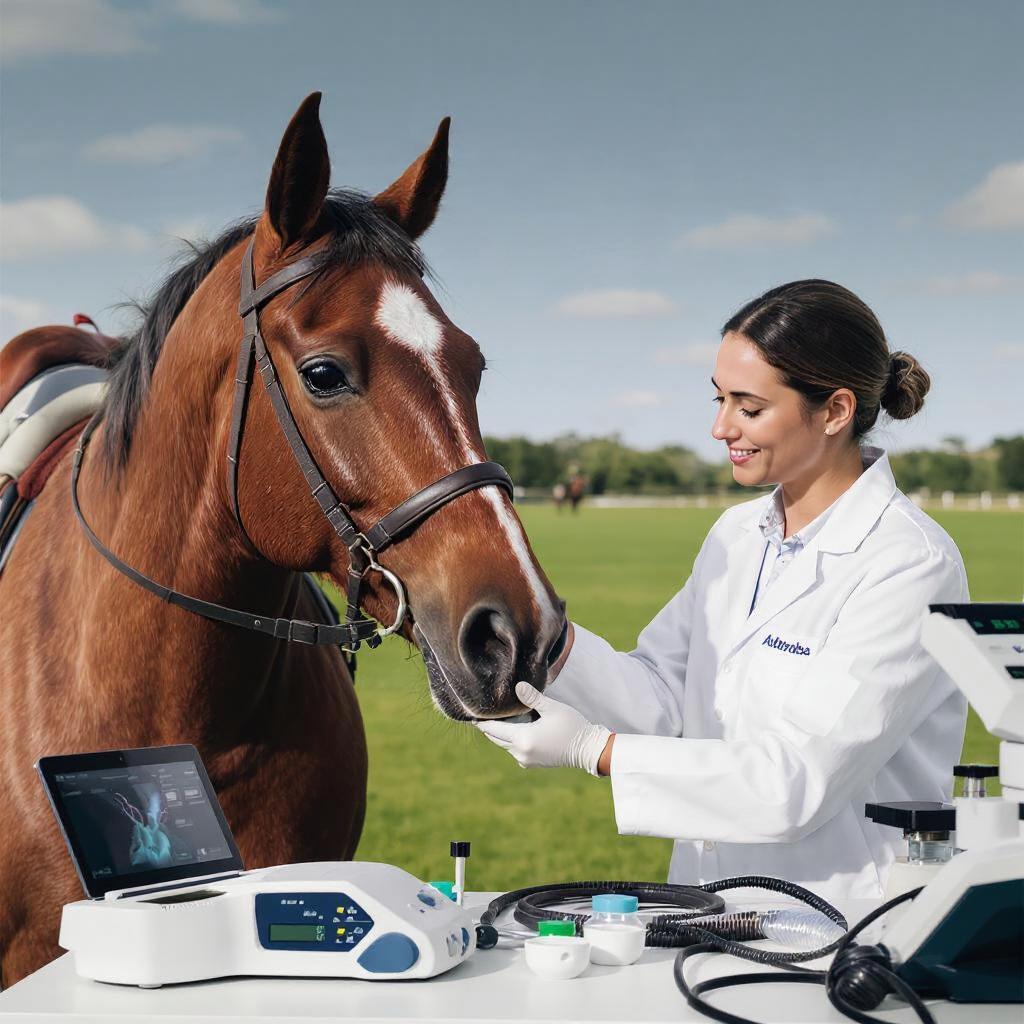Biotechnology in veterinary medicine: the rise of Cordoban veterinarians in the polo world

Un equipo de veterinarias de Río Cuarto logró preñeces con semen congelado del histórico padrillo Pucará, revolucionando la cría de caballos de polo en Argentina.
In recent years, veterinary biotechnology has made significant strides, and Cordoban veterinarians are leading a true revolution in the world of polo. Through an innovative reproductive technique, these specialists have managed to revive the genetics of one of the most emblematic horses in this sport, the Pucará, a stallion considered fundamental in the history of Argentine polo. This breakthrough not only impacts the sports field, but is also transforming the equine industry, offering new opportunities for polo horse breeders.
The return of the genetics of the Pucará: a milestone in equine biotechnology
The Pucará, a polo horse who died in 1998, was a key figure in the development of the polo horse breed, being progenitor of many champions of the Triple Crown. His genetics have been widely sought after by breeders around the world, and now, thanks to the assisted reproduction techniques applied in a laboratory in Río Cuarto, his lineage has been revived.
In 1989, the semen of Pucará was frozen, and almost 40 years later, a group of veterinarians from Río Cuarto, led by Catalina Castañeira, Carolina Alonso, and Ana Flores, managed to use this genetic material to produce pregnancies in selected mares. This achievement has not only opened new possibilities in the polo world, but has also positioned Argentina at the forefront in the use of equine reproductive biotechnology. The ability to revive the genetics of iconic horses is a unique opportunity to improve breeds and perpetuate the traits that have made these horses champions.
Advanced reproductive techniques: OPU and ICSI at the service of polo
The key to the success of this technology lies in next-generation assisted reproduction techniques, particularly the use of OPU (Ovum Pick-Up) and ICSI (Intracytoplasmic Sperm Injection). These methodologies allow for the optimization of the equine reproduction process, ensuring greater efficiency and effectiveness.
The OPU technique consists of aspirating oocytes (eggs) from mares with outstanding genetic characteristics, using a needle guided by ultrasound. This process, which requires great skill and sophisticated equipment, makes it possible to select the best eggs for later fertilization. Then, with ICSI, a high-quality sperm is injected directly into the egg, increasing the chances of success and making it possible to use semen that might otherwise be considered unviable due to long-term freezing, as was the case with Pucará’s semen.
This advance is particularly relevant in the polo world, where the genetic quality of the horses is essential for performance in international competitions. The ability to use frozen semen from a deceased stallion opens a wide range of opportunities for breeders seeking to preserve and multiply the best genetic lines, generating a highly demanded market among polo breeders and players.
An open and decentralized business model for the equine industry
The success of this Cordoban laboratory lies not only in the technology used, but also in the business model they have implemented. Unlike other equine reproduction labs, this approach is characterized by being an open model, which means they work with multiple production systems, allowing veterinarians from all over the country to use their services to carry out in vitro insemination and other reproductive techniques.
Catalina Castañeira, one of the founders of the laboratory, explains that the objective is not only to create embryos, but to integrate biotechnology into a broader productive model, where veterinarians are trained to apply these techniques in their own establishments. In this way, access to advanced equine reproduction technologies is facilitated throughout the country, even in areas where this type of service was previously unavailable. This decentralized approach is especially relevant in a country like Argentina, where polo horse breeding is an activity of great economic importance.
Furthermore, the city of Río Cuarto has become a biotechnology hub in the country. Thanks to the high rate of startup creation and strong investment in biotechnology, the region is in constant development, favoring the implementation of cutting-edge technologies in different fields. This laboratory is an example of how biotechnology can transform an industry—in this case, polo—and help improve productivity and efficiency in the breeding of high-performance horses.
The impact on the polo and equine breeding industry
The work of these Cordoban veterinarians represents an innovation in the polo horse breeding industry, a sector that has become one of Argentina’s export engines. Biotechnology applied to equine reproduction not only improves the genetics of the horses but also makes the reproductive process more efficient, resulting in a greater number of high-quality horses available for breeders and players.
As this business model expands and more veterinarians adopt these technologies, the impact will be even greater, positioning Argentina as a global leader in the use of biotechnology for polo horse breeding. Moreover, this kind of innovation can serve as a foundation for new research and applications in other areas of biotechnology, which may benefit other livestock and agricultural sectors in the country.
Thanks to the biotechnology applied by these Cordoban veterinarians, the polo horse breeding industry is undergoing a significant transformation, with new opportunities for breeders and players. Recovering the genetics of emblematic horses like the Pucará represents not only a technical breakthrough but also a commercial revolution in a sector that is vital to the Argentine economy. This laboratory and its open business model are paving the way toward a more efficient and accessible future in equine breeding.








